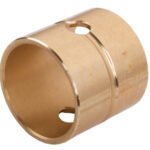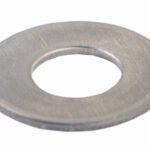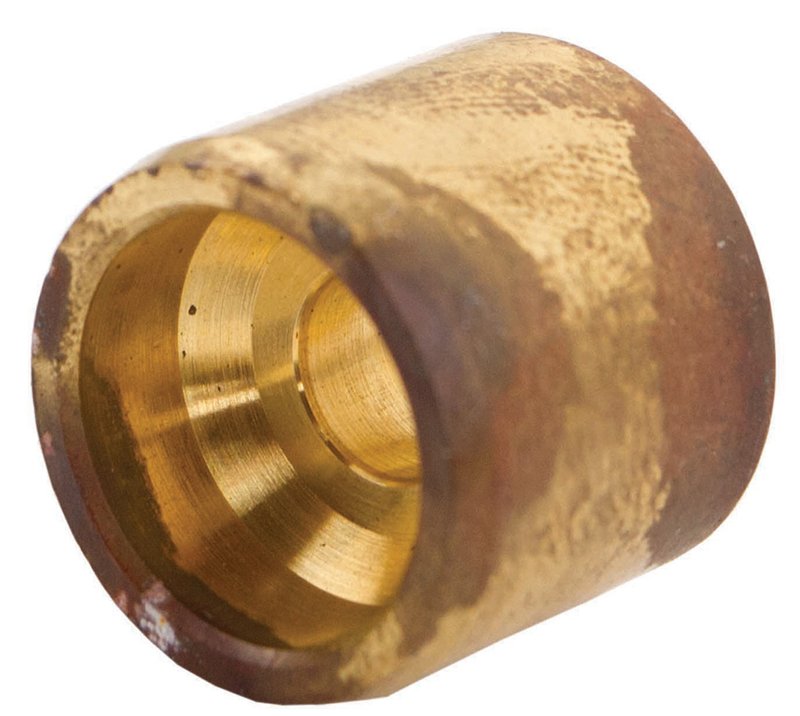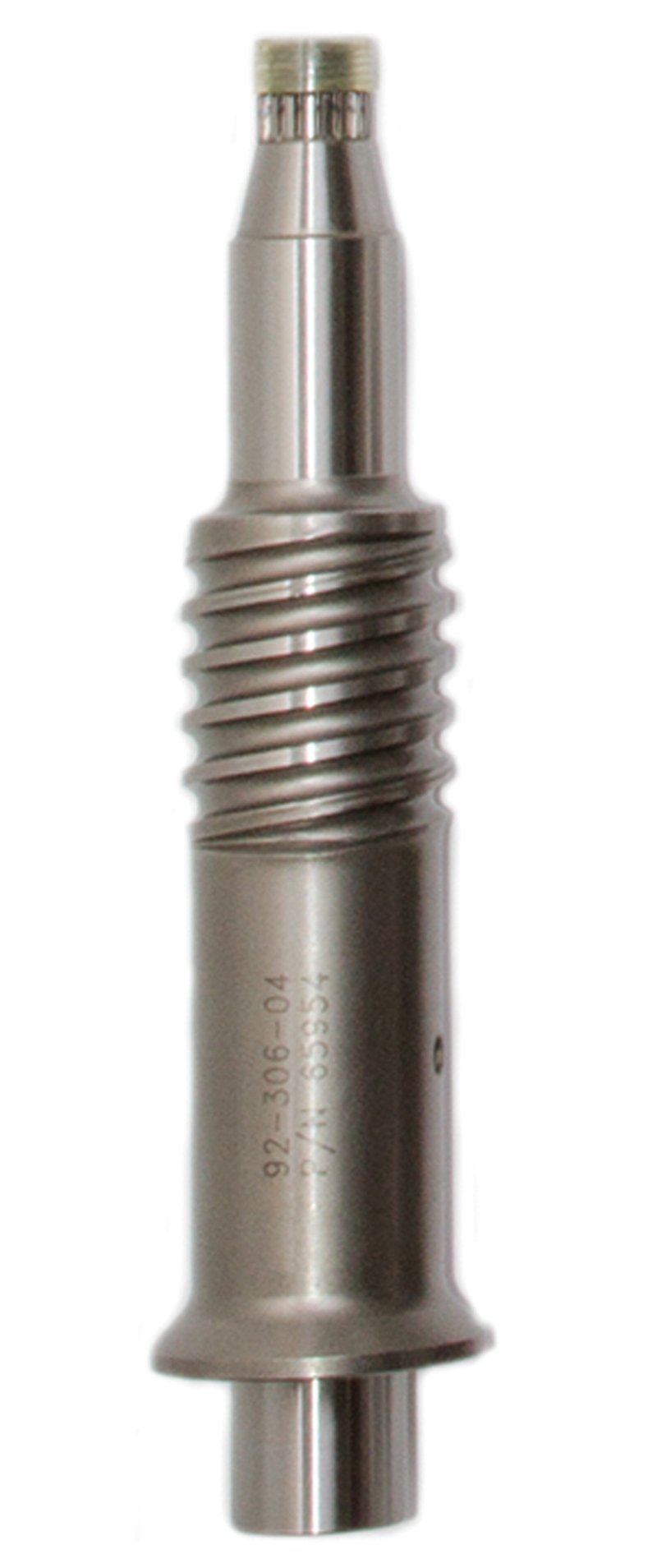
BUSHING
April 3, 2024
WASHER, IMPELLER HSG SCREW
April 3, 2024
Description
- Function: The primary function of a bushing is to act as a bearing surface between moving parts, such as a rotating shaft and its housing. It reduces friction and wear, ensuring smooth operation and extending the lifespan of the assembly.
- Design: Bushings are typically cylindrical in shape, with a central hole (inner diameter) through which the shaft passes. The outer surface (outer diameter) is sized to fit snugly within the housing or bore of the assembly. The bushings may be solid or split, depending on the application.
- Materials: Bushings are commonly made from materials such as bronze, brass, steel, aluminum, or plastic. The choice of material depends on factors such as load capacity, operating conditions, and compatibility with lubricants.
- Types: There are various types of bushings, including plain or sleeve bushings, flanged bushings, split bushings, and spherical bushings. Each type is designed for specific applications and may have features such as lubrication grooves or self-lubricating properties.
- Applications: Bushings are used in a wide range of applications across industries, including automotive, aerospace, industrial machinery, and consumer products. They are commonly found in suspension systems, steering components, electric motors, pumps, and hinges.
- Installation: Bushings are typically press-fit or shrink-fit into the housing or bore using hydraulic presses or other installation tools. Proper sizing and alignment are crucial to ensure smooth operation and prevent premature wear.
- Maintenance: Bushings require periodic inspection and maintenance to ensure proper lubrication and functionality. Lubrication may be applied through grease fittings or oil passages, depending on the bushing type and application. Worn or damaged bushings should be replaced promptly to prevent further damage to the assembly.




